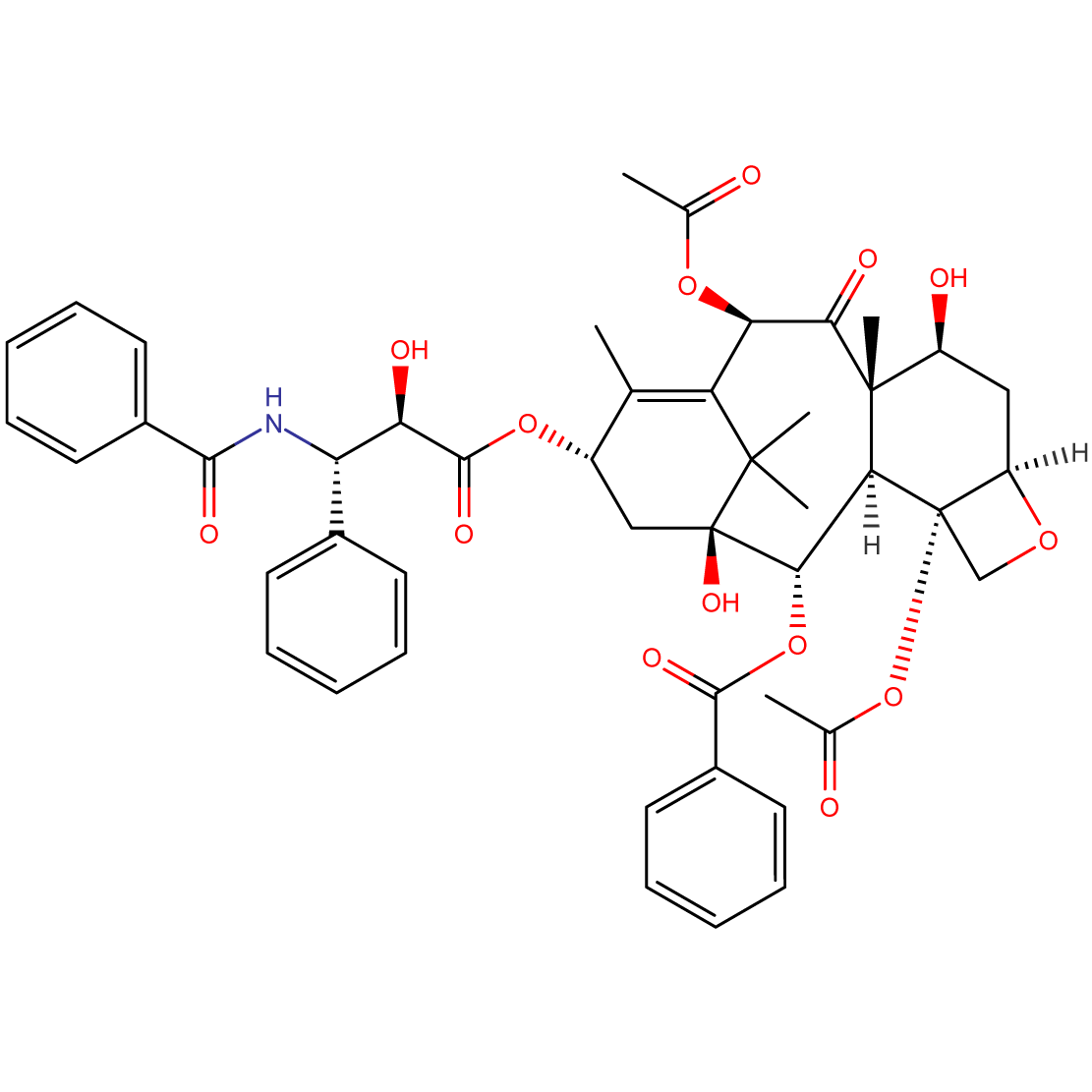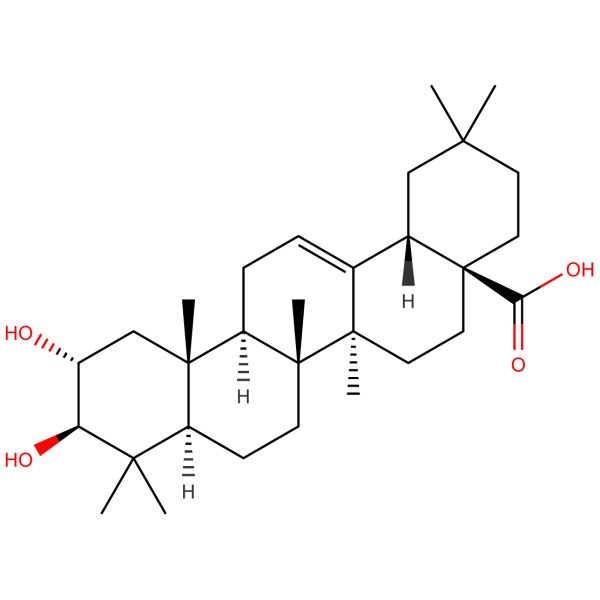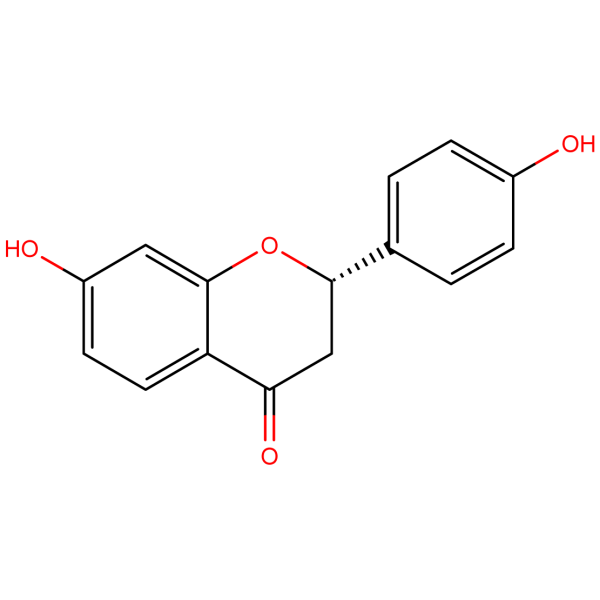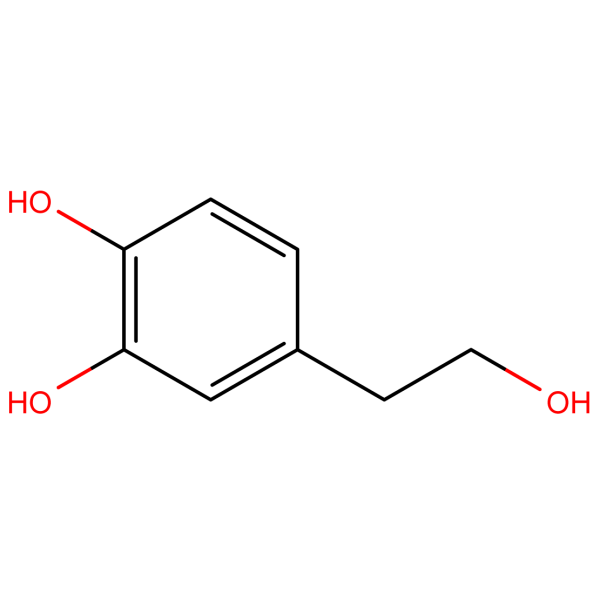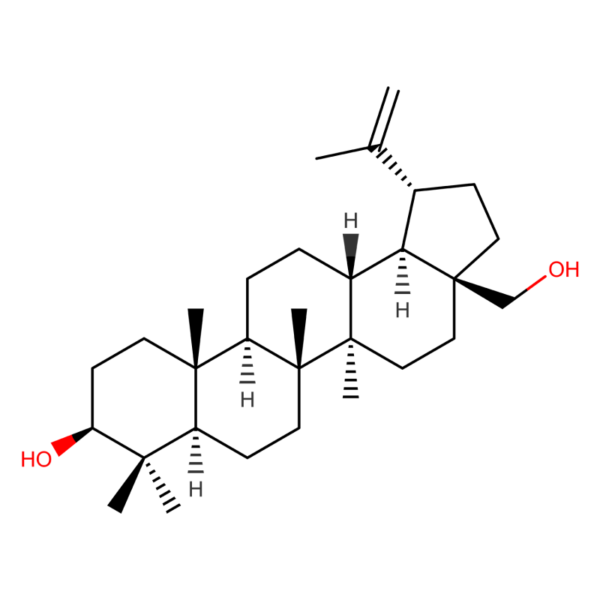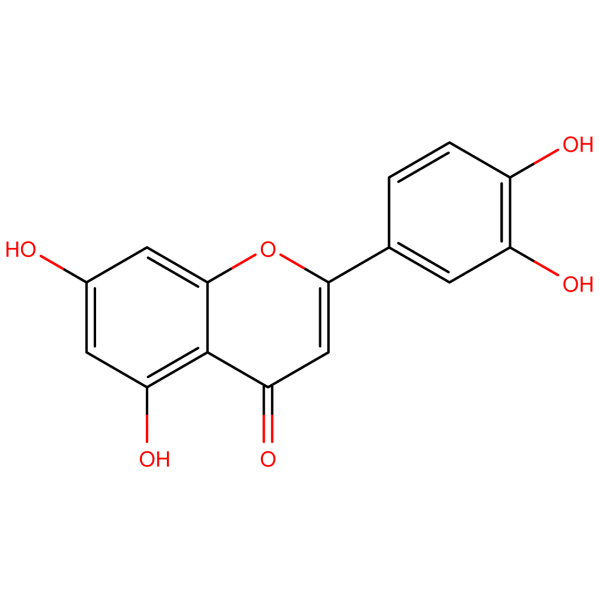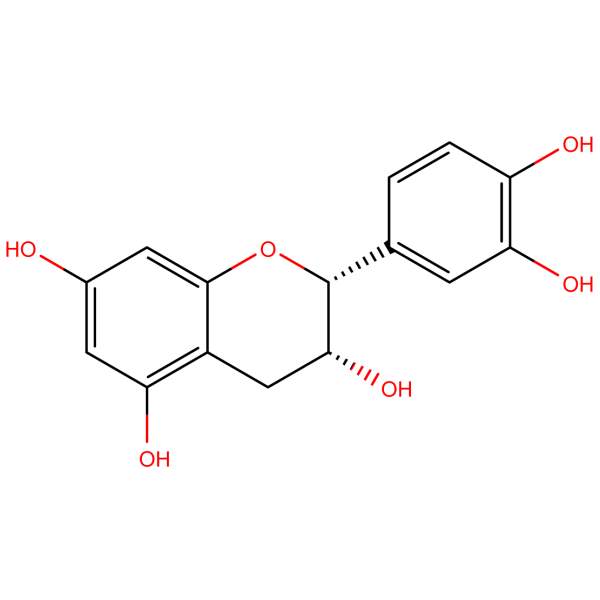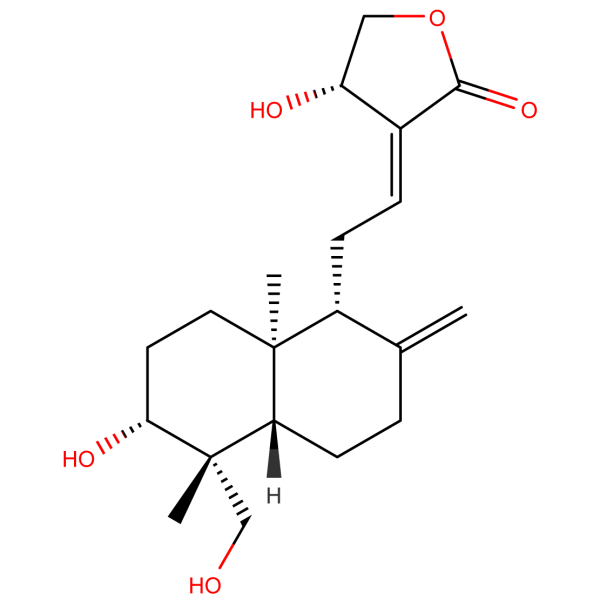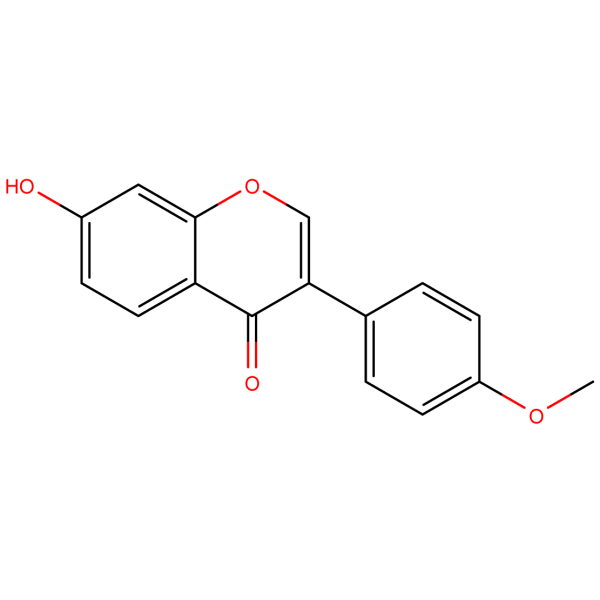Paclitaxel: Potent Antineoplastic Agent for Advanced Cancer Research
1. Molecular Identity
- Chemical Name: (2α,4α,5β,7β,10β,13α)-4,10-Bis(acetyloxy)-13-{[(2R,3S)-3-(benzoylamino)-2-hydroxy-3-phenylpropanoyl]oxy}-1,7-dihydroxy-9-oxo-5,20-epoxytax-11-en-2-yl benzoate
- CAS Number: 33069-62-4
- Source: Originally isolated from the bark of Pacific yew tree (Taxus brevifolia), now also semi-synthetically produced
2. Biochemical Significance
Paclitaxel is a complex diterpene alkaloid with potent antineoplastic properties. Its unique mechanism of action, involving microtubule stabilization, has made it a cornerstone in cancer therapy and a compound of significant interest in oncological research.
3. Key Properties of Paclitaxel
- Microtubule Stabilizer: Promotes assembly and inhibits disassembly of microtubules
- Antimitotic: Disrupts normal mitotic spindle formation, leading to cell cycle arrest
- Apoptosis Inducer: Triggers programmed cell death in cancer cells
- Broad-Spectrum Activity: Effective against various types of solid tumors
4. Potential Research Applications
- Advanced cancer therapy studies
- Drug resistance mechanisms investigation
- Combination therapy research
- Nanoparticle-based drug delivery systems development
5. Current Research Focus
Ongoing studies are investigating paclitaxel’s effects on:
- Novel cancer types and hard-to-treat tumors
- Overcoming multidrug resistance in cancer cells
- Synergistic combinations with targeted therapies
- Reducing side effects through improved delivery methods
6. Formulation Challenges and Innovations
Researchers are actively working on:
- Enhancing solubility and bioavailability
- Developing targeted delivery systems to minimize systemic toxicity
- Creating albumin-bound and nanoparticle formulations
7. Regulatory Considerations
Paclitaxel (CAS 33069-62-4) is an FDA-approved drug for various cancer indications. Its use in research settings must comply with established guidelines for handling cytotoxic compounds.
8. Future Research Directions
The scientific community anticipates:
- Advanced personalized medicine approaches using paclitaxel
- Exploration of its potential in non-cancer indications
- Development of next-generation taxane analogs
9. Collaborative Opportunities
We invite oncologists, pharmacologists, and academic institutions to explore the research potential of paclitaxel. For inquiries, collaborations, or to discuss how this compound can benefit your research projects, please contact us at sales@nstchemicals.com.
Join us in advancing cancer research with paclitaxel – a powerful antineoplastic agent at the forefront of oncology and drug delivery innovation.

